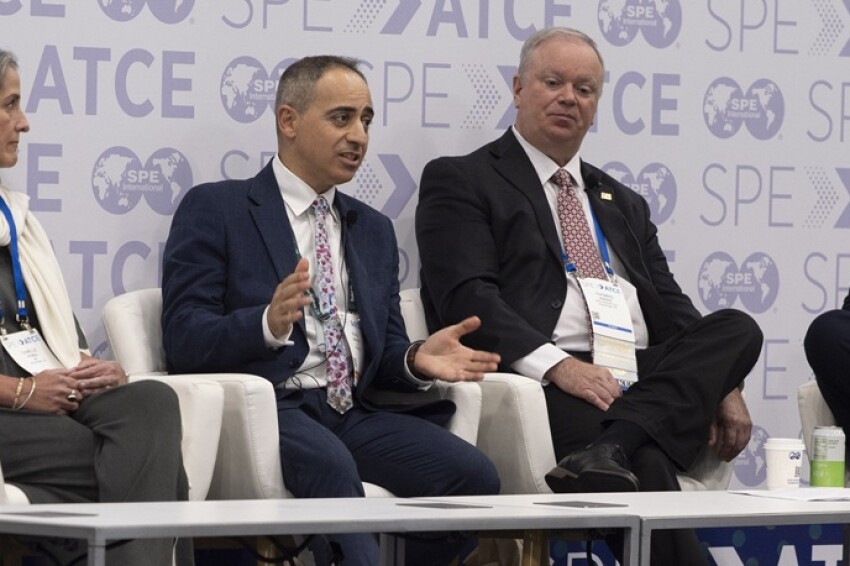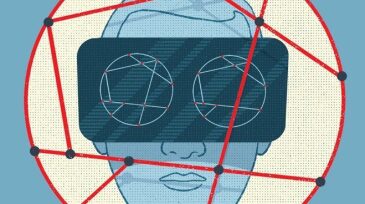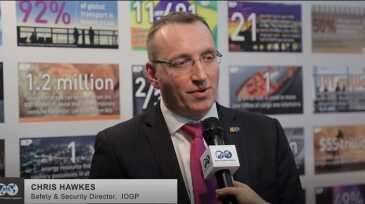Safety
A resilience-based approach to safety was the focus of a panel of experts at the 2025 SPE Annual Technical Conference and Exhibition in Houston.
This paper focuses on developing a model that can be used in an automated, end-to-end flare-smoke detection, alert, and distribution-control solution that leverages existing flare closed-circuit television cameras at manufacturing facilities.
This paper presents a physics-informed machine learning method that enhances the accuracy of pressure transient analysis, predicting reservoir properties to enhance waste slurry injection and waste disposal.
-
Accidental detonation of a perforating gun at surface can have catastrophic consequences. To decrease risks, layers of procedural controls have been implemented to reduce the inadvertent application of power caused by human error, stray voltage, or the presence of radio frequency (RF) energy.
-
DNV GL has published a paper to support the safe use of artificial intelligence. The paper asserts that data-driven models alone may not be sufficient to ensure safety and calls for a combination of data and causal models to mitigate risk.
-
Though many people understand that employers have workplace responsibilities regarding their employees' health and safety, far fewer understand that the employees also have certain legal obligations they must meet.
-
How can corporate trainers prepare employees for dangerous or extraordinary workplace scenarios? Virtual-reality technology offers immersive learning opportunities for an increasingly broad range of experiences.
-
The biggest problem is not in the everyday operation or use of tools or machinery, no matter how dangerous they may be. It’s when plans veer away from the day-to-day routine that’s the biggest problem.
-
Academic scientists and advocacy groups are urging the Environmental Protection Agency to withdraw and rewrite proposed guidelines for determining which scientific findings to use when evaluating the safety of toxic chemicals.
-
Determining the best way to meet the needs of colleagues and employers, as well as enlisting them to help meet goals, takes effective listening.
-
Welding produces miscellaneous gases and particles that have various effects on respiratory systems, and long-term exposure may result in "welder's lung." The aim of this study is to describe radiological findings of welders' lung.
-
Nighttime environmental noise affects sleep quality. However, the effects of daytime occupational noise remain unclear.
-
Chris Hawkes, safety and security director for the International Association of Oil and Gas Producers, spoke with reporter Eithne Treanor at the 2018 SPE International Conference and Exhibition on Health, Safety, Security, Environment, and Social Responsibility, which was held in Abu Dhabi.













